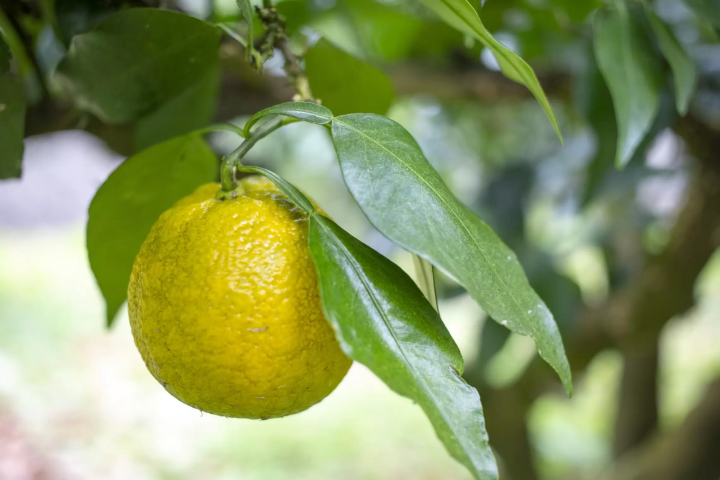【Wakayama Guide】If You Love Yuzu, Prepare for Jabara!
-
Table of Contents
- Origin and its Seasonal Appeal
- "Jabara" for Hay Fever
- Flavor, Nutrients, and Culinary Enjoyment
Origin and its Seasonal Appeal
Jabara is a uniquely sour citrus fruit native to Kitayama Village in Higashimuro District, in Wakayama Prefecture. Kitayama known as Japan's only "enclave village", not bordering any other municipality in Wakayama, and jabara reflects this distinctive environment.
It is a naturally occurring hybrid fruit that grew wild in the area. A survey was conducted in 1971, and full-scale cultivation began in 1972 with the support of the village.
The name "Jabara" is said to come from the idea that it's "so sour that it drives away evil spirits". Its defining flavor is a sharp sourness followed by a subtle bitterness. The harvest season is mainly form November to December.
"Jabara" for Hay Fever
The Kitayama Village strengthened its online sales and, based on consumer feedback "It Helps Deal With Hay Fever". After conducting further research, it was found that jabara has properties that suppress degranulation, a process often linked to hay fever symptoms. In 2003, part of this effect was presented at the Japan Society for Food Chemistry and Engineering, gaining popular media attention and significantly increasing its orders.
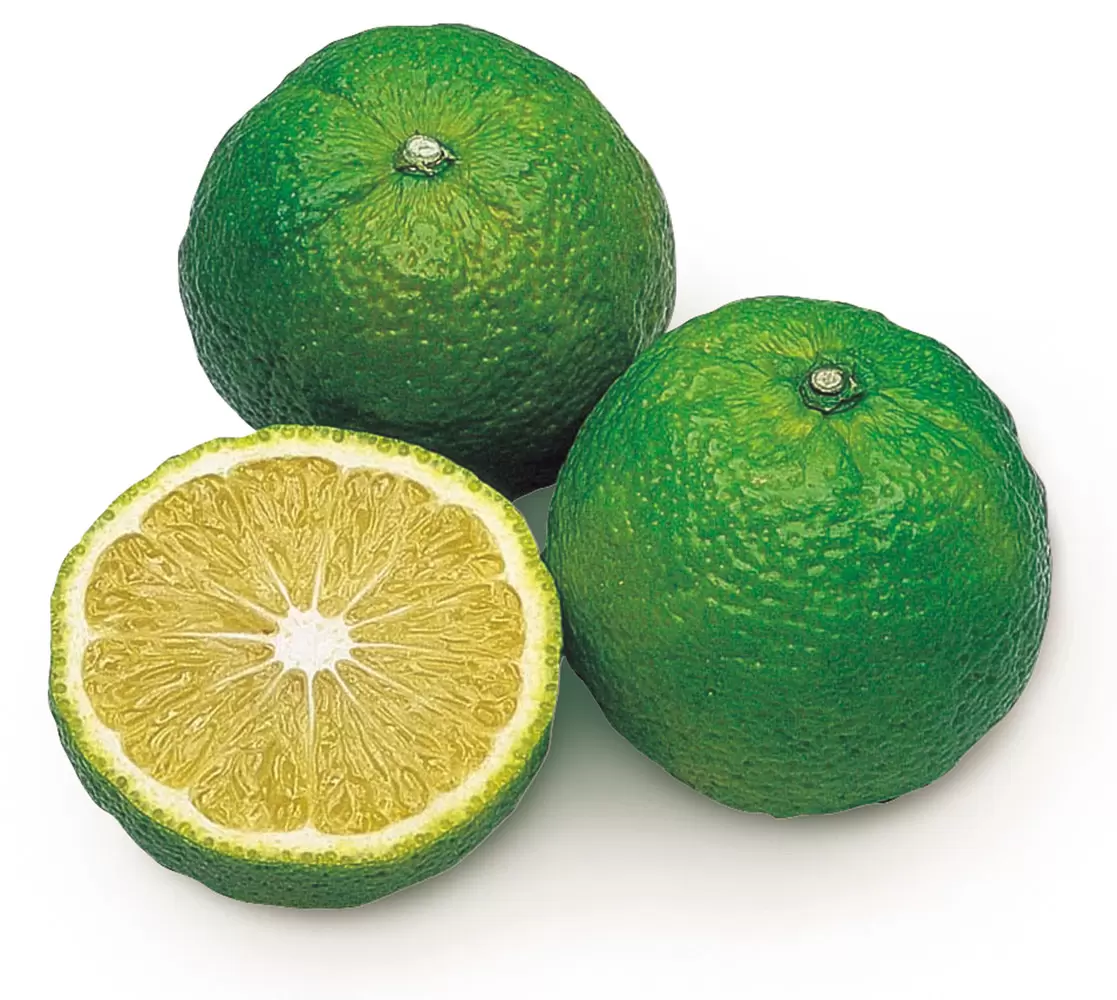
Flavor, Nutrients, and Culinary Enjoyment
Jabara is rich in juice content, highly aromatic, and easy to handle due to its fewer seeds. Its flavor is characterized by a sharp sourness followed by a gentle bitterness. It contains a high amount of naringin, a type of flavonoid, especially in the peel, which has more than six times the amount found in the juice. Its uses range from flavoring hot pot dishes and grilled fish, to enjoying its scent in aromatherapy. It's has gained its name as the "miracle fruit" due to these.
Many products now utilize he peel, including jams, ponzu sauce, sweets, and soaps from these extracted oils. These items are designed to be incorporated into daily lives regardless of season or occasion.
Now that we've introduced the charm of "Jabara", let's move on to "experience" it! From the initial sharp sourness to the refreshing aromatic finish, this one citrus fruit can elevate various meals and snacks. Here are a few Jabara-based products!
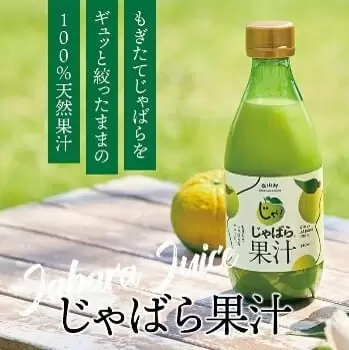
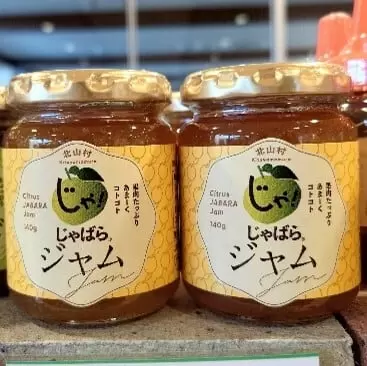
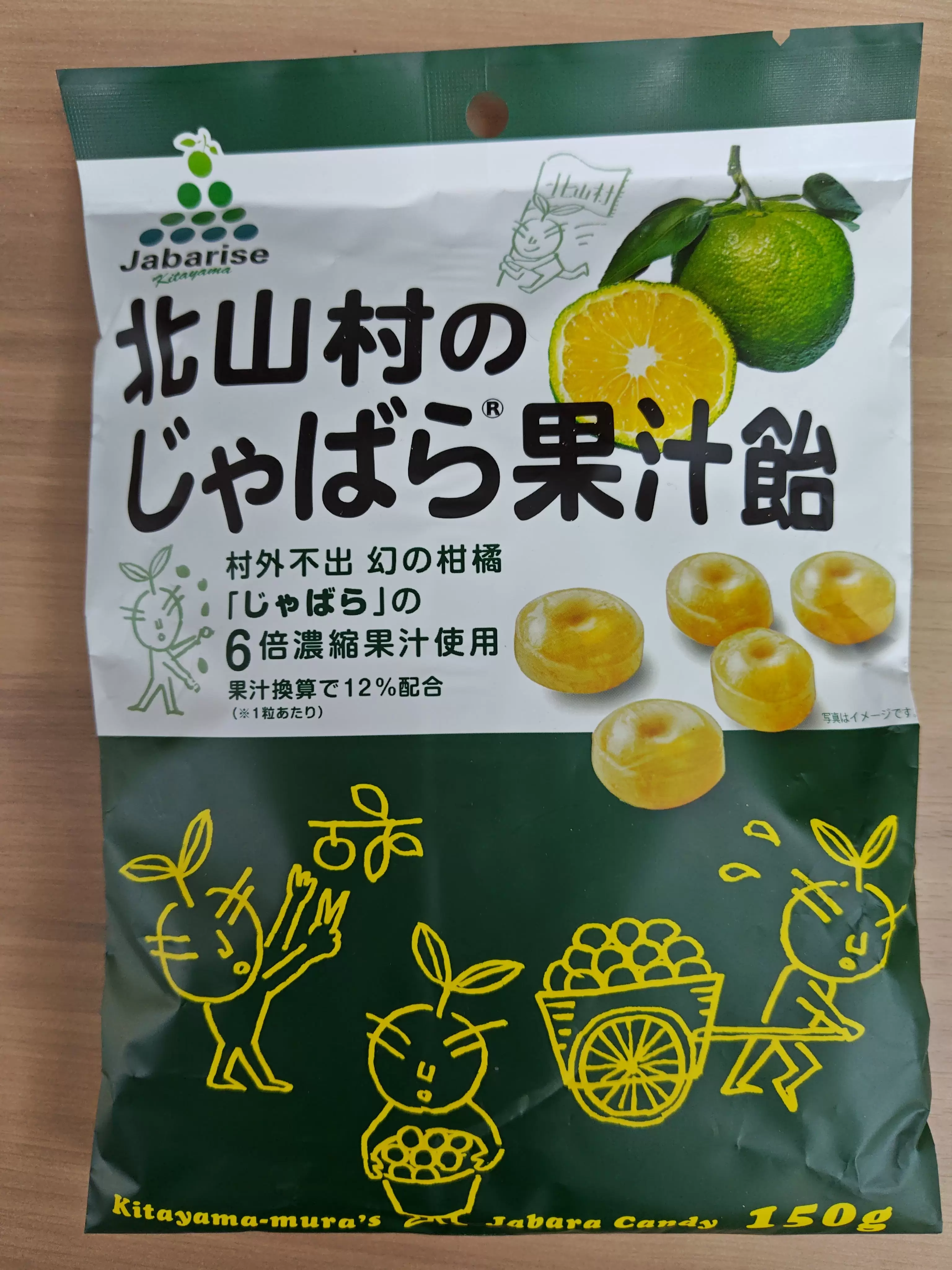
The village has developed and marketed a wide variety of processed products using jabara juice and peel, including jams, vinegars, ponzu, sweets, aromatherapy items, and soaps. Enjoy jabara in cooking, drinks, and even for beauty and health.
Enjoy it in a variety of ways, including cooking, drinking, and even for beauty and health.
There are still many attractive products to discover! If you'd like to learn more, please visit the "Kumano Drive-In"! You can also browse various products on their online shop below.
Kumano Tourism Development Drive-in Spots
Source (Japanese)
① History of Jabara | Kitayama Village(Kitayama Village Official Website): https://www.vill.kitayama.wakayama.jp/kanko/jabara/history.html
② Wakayama Prefecture Official: Jybara (Wakayama Prefectural Government): https://www.pref.wakayama.lg.jp/prefg/130700/nrs/collection_jybara.html
③ About Jabara | Jabara Village (Kitayama Village based e-commerce and local information): https://kitayama-jabara.jp/f/about
④ Miyake, Masaki, Inaba, Shinya, Maeda, Hisao, Ifuku, Yasushi, "Jubako and Yuzu Juice and Their Quality Characteristics," Journal of the Japanese Society of Food Technology 37(5):346-354, 1990. doi:10.3136/nskkk1962.37.5_346: Journal of the Japanese Society of Food Technology
Wakayama Food Brand Story: Wakayama Jabura
⑥ Jabara flavors and products | Kitayama Village(Kitayama Village official website): https://www.vill.kitayama.wakayama.jp/kanko/jabara/product.html
